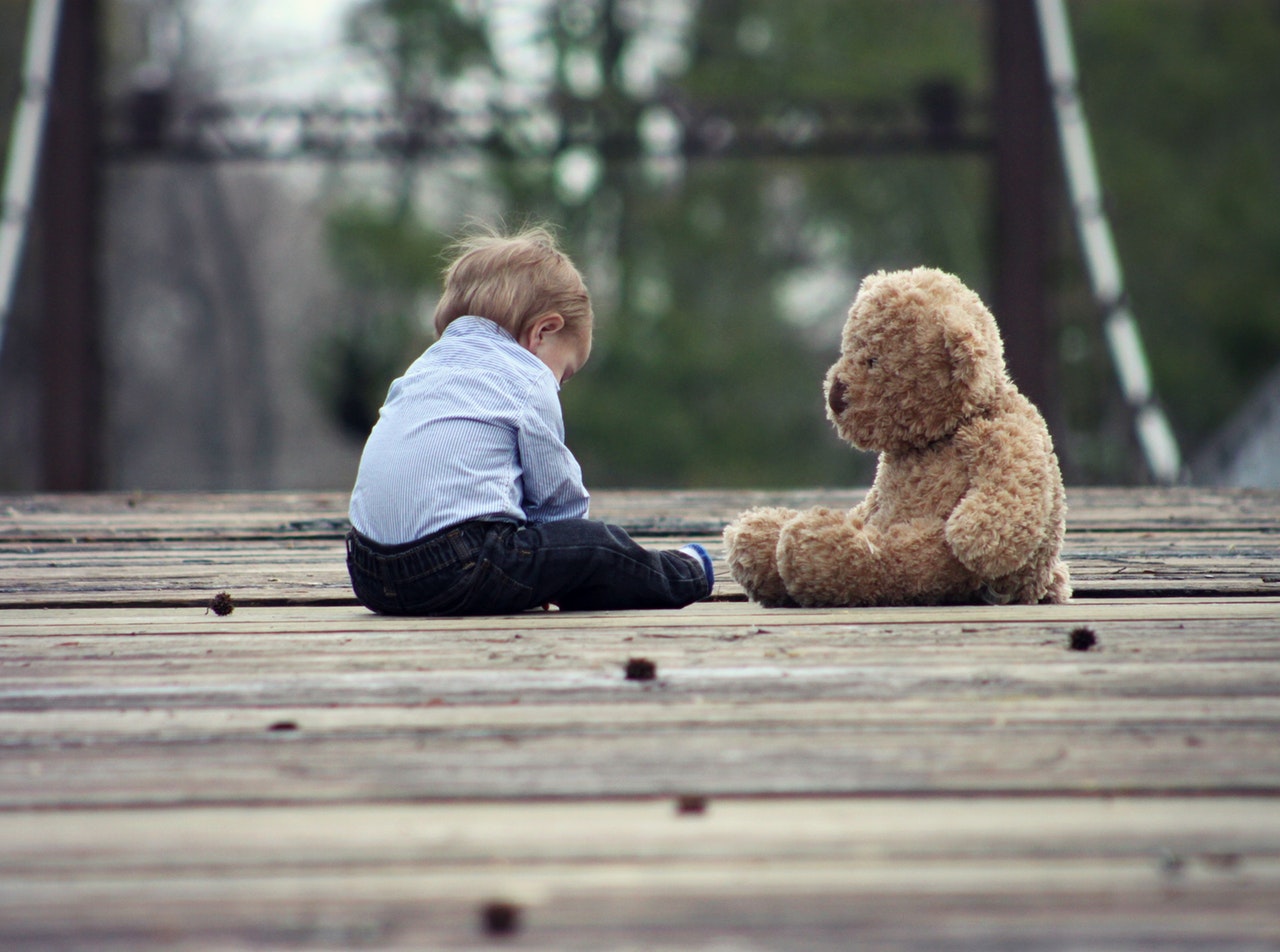The very first instance when I saw Patrick (name changed) he was lying on the floor – a tantrum perhaps I thought, which is quite likely and common at that age (he was 5 then). I was told it was routine. That day I came back home from my son’s school thinking how would this would influence my son – seeing someone behave like that when he was no longer allowed to have tantrums at home. It was a perfectly fine parental concern or so it looked to me at that moment.
While having dinner, I broached the topic with my son as casually as I could not raising an alarm. I asked
“So does Patrick cry everyday in school?”
He replied casually “Yes”
“He does not like to be in the computer lab mumma”
“But why?” I inquired further.
“He’s a little baby mumma, babies do like that”
I was taken aback by the wisdom my 5 and half year old had shown something which I did not know he had. I met Patrick couple of times later in school assemblies and realized that he was autistic and owing to that had trouble learning and communicating the regular way but what amazed me was the school’s maturity in the way they made amends in the system to accommodate him.
Autism spectrum disorder (ASD) is the name for a group of developmental disorders. ASD includes a wide range, “a spectrum,” of symptoms, skills, and levels of disability. As per the Centers for Disease Control and Prevention (CDC) 1 in every 68 children has been identified with some form of ASD
ASD often have these characteristics:
• Ongoing social problems that include difficulty communicating and interacting with others
• Repetitive behaviors as well as limited interests or activities
• Symptoms that typically are recognized in the first two years of life
• Symptoms that hurt the individual’s ability to function socially, at school or work, or other areas of life
Not all people with ASD will show these behaviors, but most will show several. There are two main types of behaviors: “restricted / repetitive behaviors” and “social communication / interaction behaviors.”
Social communication / interaction behaviors may include :
• Getting upset by a slight change in a routine or being placed in a new or overly stimulating setting
• Making little or inconsistent eye contact
• Having a tendency to look at and listen to other people less often
• Rarely sharing enjoyment of objects or activities by pointing or showing things to others
• Responding in an unusual way when others show anger, distress, or affection
• Failing to, or being slow to, respond to someone calling their name or other verbal attempts to gain attention
• Having difficulties with the back and forth of conversations
Restrictive / repetitive behaviors may include:
• Repeating certain behaviors or having unusual behaviors
• Having overly focused interests, such as with moving objects or parts of objects
• Having a lasting, intense interest in certain topics, such as numbers, details, or facts.
There was always an assistant specially designated for Patrick at school , children in the class were counseled on how to be around Patrick to treat him like a ‘little baby’ like a ‘two-year-old’.
Autistic children can absolutely attend, grow, and learn within the public school systems of support. Today, programs for autistic children are mostly individually planned (with the IEP process), making the accommodations for any child with special needs very intimate, supportive, and personal.
Due to this individualized plan, there are not currently major autistic programs that are commonly found in public schools across the country; instead of specific programs, the teachers and staff aim to work with the parents and child individually, while also strive to incorporate the child into the daily activities of the standard classroom. According to the Yale Herald, research has shown that children with mild autism significantly benefit from being immersed in a “normal” school environment from a young age.
In the year that followed, I saw my son and other kids taking special care when they were around Patrick like simply ruffling his hair as he passed and smiling at him as he pulled on someone’s shirt and letting him do it. With time they learned to be compassionate and accommodating to the needs of this little boy who was learning to be a part of much larger group. More importantly, Patrick had taught them to be more compassionate – a lesson no book could teach them. Thank you Patrick.


